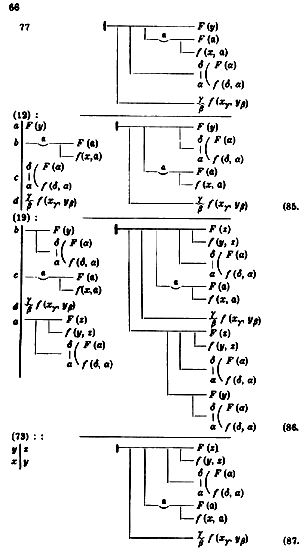The fourth; the dimension of stillness.
And the power over wild beasts.
Ezra Pound, Canto 49
In physics, the fourth dimension is time. In poetry, however, and especially poetry that is inspired by Chinese literature and philosophy (as Pound’s was), the passing of time is approached in experiential terms, not simply as a measurable dimension. Since Pound tried to situate his poetry spatially “in periplum”, as if drawing a map of the coastline as it appears from a ship, not as it looks from above, it makes sense for him to describe the fourth dimension as “stillness”. Time is what happens — the only thing that happens — when we’re sitting utterly still, when we have completely suspended our motion through space. As when we’re reading a book.
It is this stillness that literature appeals to. In fact, we can say that a writer demands such stillness from the reader; the writer demands the reader’s attention. By meeting this demand, by paying attention, the reader produces the requisite stillness. Perhaps this is what Huineng was talking about in that famous koan about the two monks who are arguing about whether it is the flag or the wind that is moving. “You’re both wrong,” Huineng tells them. “It is the mind that is moving.” Most people understand (or fail to understand) that as a profound truth about reality in itself, but I sometimes think he was being ironic: “Right now, it’s your mouths that are moving. Stop arguing. Be still, and you’ll see what’s really going on.” Sit down, young grasshoppers, in other words, and shut up.
This is what every text implicitly tells you to do. Learning to read is learning to find that calm place in your mind where real insight is possible. The discipline of reading is that of letting words that someone else has chosen pass through your mind in an order that is as little under your control as the motion of a flag in the wind. The stream of words is punctuated, forming sentences that evoke images, and these, too, are not yours to determine. You let the words and the images pass through your imagination; you give yourself over to their power.
This civilizes us. We entrust our minds to books because we know they are not a battery of sticks and stones pointed in our direction. If they abuse our trust, if they make us imagine things we don’t want to see, then we can always close them and put them down. While we are not in control of what happens when we read, we are in control of whether to continue reading. We are perfectly safe and it is this presumption of safety that makes literature so valuable. The writer should feel free to speak from what Lisa Robertson called “the motion of her own mind.” Neither the page nor the reader’s lips move. The mind moves.
To write is to occupy your reader’s time, not to encroach on their space. The two-dimensional page and the three-dimensional book are merely instruments, incidental to the main purpose of the text, which is to get the reader into the right frame of mind. It is a way for the text to interact with the four-dimensional space-time we call reality and establish the right kind of attention. Once this has been accomplished, the materiality of the text should fade into the background, noticed (like Luzhin’s matches) only unconsciously, or when something goes wrong, such as when we accidentally flip two pages at once and nothing makes sense any longer. Normally, the text is not merely superficial but altogether tenuous; oblivious to the height and width and depth of life, it proceeds, one word after another, along a single line that the writer has drawn. The reader, sitting still, follows it.
